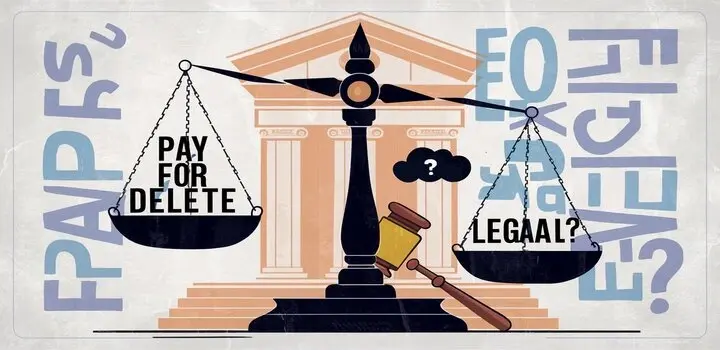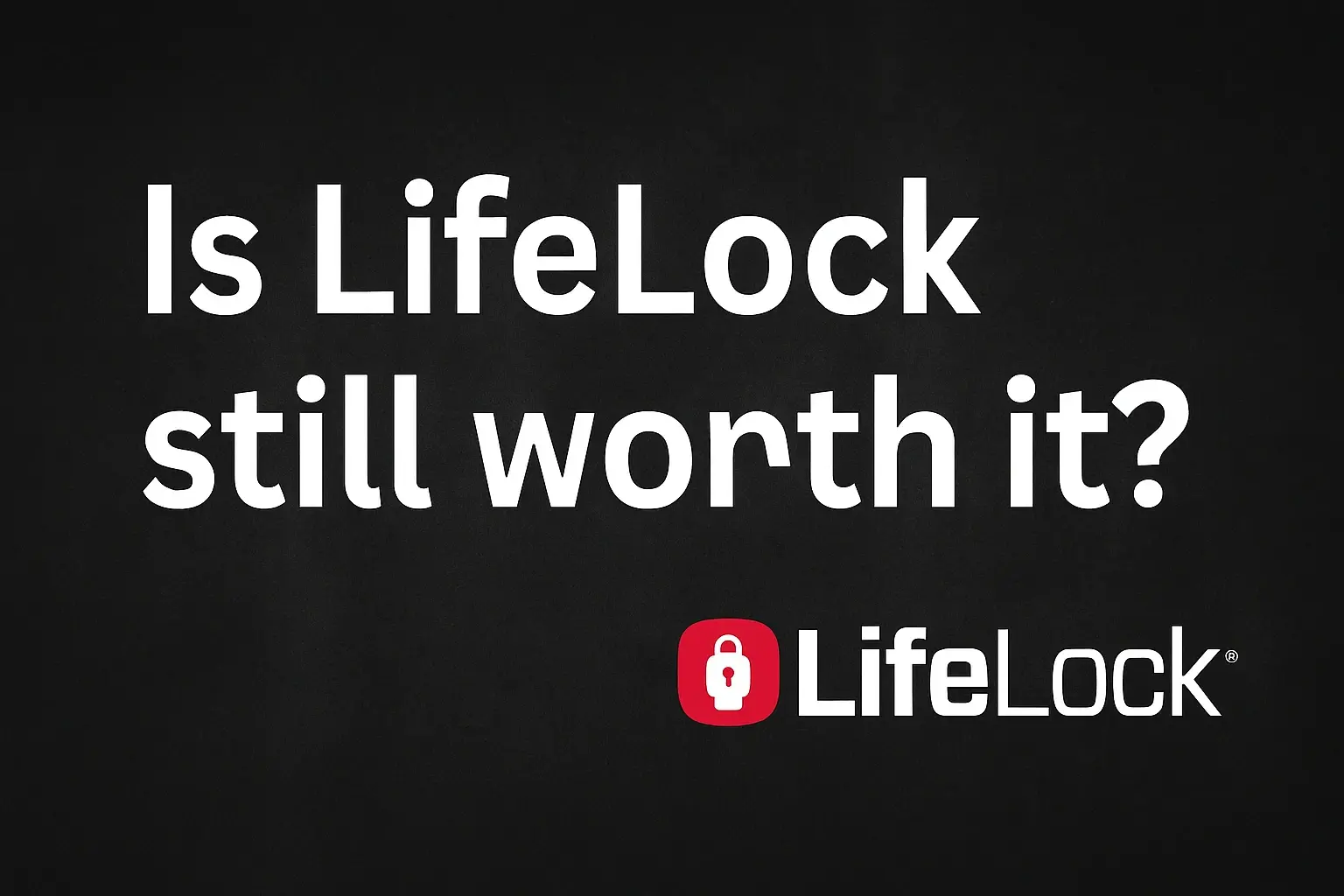-
Posted on: 22 Jul 2024

-
The dream of early retirement is often associated with vast wealth and substantial investment portfolios. But what if you long to escape the 9-to-5 grind sooner rather than later, but find yourself with limited or no savings? The good news is, it's not impossible. Retiring early with no money requires a significant shift in mindset, a commitment to frugality, and a willingness to explore unconventional strategies. This guide will outline the key steps and considerations to help you achieve your early retirement goals, even without a hefty nest egg.
Understanding the Challenge: Retiring Early with Limited Funds
Before diving into the "how," it's crucial to acknowledge the challenges involved. Retiring early with no money demands a different approach than traditional retirement planning. It's less about accumulating massive wealth and more about minimizing expenses, generating alternative income streams, and optimizing your lifestyle for long-term sustainability.
Key Considerations:
- Living Expenses: This is the most significant factor. You need to drastically reduce your monthly expenses.
- Healthcare: Healthcare costs can be a major hurdle. Exploring options like the Affordable Care Act (ACA) marketplace or alternative healthcare solutions is essential.
- Income Streams: You'll need to generate some form of income to cover your basic needs. This could be from part-time work, freelancing, or passive income sources.
- Flexibility & Adaptability: Be prepared to adjust your plans as needed. Life throws curveballs, and your retirement strategy needs to be flexible enough to accommodate them.
- Location Independence: Where you live significantly impacts your cost of living. Consider relocating to a more affordable area.
Step 1: Radical Frugality and Expense Reduction
The cornerstone of retiring early with no money is radical frugality. You need to drastically reduce your spending and embrace a minimalist lifestyle. This isn't about deprivation; it's about prioritizing what truly matters to you and eliminating unnecessary expenses.
Strategies for Cutting Expenses:
- Track Your Spending: Use budgeting apps, spreadsheets, or simply jot down every expense to understand where your money is going.
- Cut the "Fat": Identify and eliminate non-essential spending. This includes dining out, entertainment subscriptions, expensive hobbies, and impulse purchases.
- Downsize Your Living Situation: Consider moving to a smaller home, apartment, or even a mobile home. This can significantly reduce your rent or mortgage payments.
- Reduce Transportation Costs: Walk, bike, or use public transportation whenever possible. If you need a car, consider selling your current vehicle and buying a more fuel-efficient or used model.
- Negotiate Bills: Contact your service providers (internet, phone, insurance) and negotiate lower rates. Shop around for better deals.
- Embrace DIY: Learn to do things yourself, such as cooking, home repairs, and personal grooming.
- Cook at Home: Eating out is a major expense. Plan your meals, cook at home, and pack your own lunches.
- Shop Smart: Use coupons, compare prices, and buy in bulk when appropriate. Consider shopping at discount stores or thrift shops.
Step 2: Generate Alternative Income Streams
Even with a drastically reduced cost of living, you'll likely need some form of income to supplement your savings (however minimal they may be) and cover your essential expenses. Exploring alternative income streams is crucial for successful early retirement with limited funds.
Potential Income Streams:
Freelancing and Consulting
If you have skills in writing, editing, web design, marketing, or any other field, consider offering your services as a freelancer or consultant. Platforms like Upwork, Fiverr, and Guru connect freelancers with clients.
Part-Time Employment
Working part-time can provide a steady income stream and benefits like health insurance. Consider jobs that align with your interests or skills, such as teaching, tutoring, or working at a local business.
Rental Income
If you own a property, consider renting it out on Airbnb or through a traditional rental agreement. Even renting out a spare room can generate significant income.
Online Courses and Content Creation
Share your knowledge and expertise by creating online courses or content on platforms like Udemy, Skillshare, or YouTube. This can generate passive income over time.
Affiliate Marketing
Promote products or services that you believe in and earn a commission for every sale made through your unique affiliate link.
Selling Items Online
Sell unwanted items on platforms like eBay, Craigslist, or Facebook Marketplace. You can also create your own online store using Shopify or Etsy to sell handmade crafts or other products.
Driving for Ride-Sharing Services
Driving for companies like Uber or Lyft can provide a flexible income stream. This is a good option if you enjoy driving and meeting new people.
Geographic Arbitrage
This strategy involves moving to a location with a lower cost of living while maintaining a higher-paying income stream. This could involve remote work or finding employment in a different country.
Step 3: Location Independence and Geographic Arbitrage
Where you live has a significant impact on your cost of living. Relocating to a more affordable area can drastically reduce your expenses and make early retirement more attainable. Geographic arbitrage takes this concept a step further by leveraging the difference in cost of living between different locations to maximize your purchasing power.
Considerations for Choosing a Location:
- Cost of Living: Research the cost of housing, food, transportation, and other essential expenses.
- Healthcare Costs: Healthcare costs vary significantly by location.
- Climate: Choose a climate that you enjoy and that doesn't require excessive heating or cooling costs.
- Taxes: Consider state and local taxes, as they can significantly impact your overall cost of living.
- Proximity to Amenities: Think about your needs and preferences. Do you need to be close to a major city, or are you comfortable living in a more rural area?
- Internet Connectivity: If you plan to work remotely, ensure that the location has reliable internet access.
Examples of Affordable Locations:
- Southeast Asia: Countries like Thailand, Vietnam, and Cambodia offer a very low cost of living and a vibrant culture.
- Latin America: Countries like Mexico, Colombia, and Ecuador offer a lower cost of living than the United States and a variety of climates and lifestyles.
- Portugal: Portugal offers a relatively low cost of living compared to other Western European countries and a beautiful climate.
- Certain States in the US: States like Mississippi, Oklahoma, and Arkansas have a lower cost of living than the national average. Research specific cities within these states.
Step 4: Healthcare Planning
Healthcare is a major concern for anyone considering early retirement, especially with limited funds. It's essential to have a plan in place to cover your healthcare costs.
Healthcare Options:
- Affordable Care Act (ACA) Marketplace: The ACA marketplace offers subsidized health insurance plans based on your income. This is often the most affordable option for early retirees with limited income.
- COBRA: COBRA allows you to continue your employer-sponsored health insurance for a limited time after leaving your job. However, it can be expensive.
- Health Sharing Ministries: Health sharing ministries are faith-based organizations that share healthcare costs among their members. These can be a more affordable alternative to traditional insurance, but they may not cover all types of medical expenses.
- International Health Insurance: If you plan to live abroad, international health insurance can provide coverage in your new location.
- Catastrophic Health Insurance: Catastrophic health insurance plans have high deductibles and low premiums. They are designed to protect you from major medical expenses.
- Preventative Care and Healthy Lifestyle: Focusing on preventative care and maintaining a healthy lifestyle can help reduce your healthcare costs in the long run.
Step 5: Embrace Minimalism and Mindful Spending
Minimalism is the practice of intentionally living with less. It's about focusing on what truly adds value to your life and eliminating the excess. Embracing minimalism can help you reduce your spending, simplify your life, and create more space for the things that matter most to you.
Benefits of Minimalism:
- Reduced Spending: Minimalism encourages you to buy less stuff, which can save you a significant amount of money.
- Less Stress: A minimalist lifestyle can reduce stress by simplifying your environment and reducing clutter.
- More Time: You'll spend less time cleaning, organizing, and maintaining your possessions, giving you more time to focus on your passions.
- Increased Freedom: Minimalism can free you from the burden of material possessions and allow you to focus on experiences and relationships.
Mindful Spending:
Mindful spending is about being intentional and deliberate about your purchases. Ask yourself if you truly need something before you buy it, and consider the long-term cost of ownership.
Step 6: Prepare for the Unexpected
Life is unpredictable, and unexpected expenses can arise at any time. It's essential to have a plan in place to deal with emergencies and unexpected costs.
Emergency Fund:
Even with a minimalist lifestyle and reduced expenses, it's crucial to have an emergency fund to cover unexpected costs such as car repairs, medical bills, or home repairs. Aim to save at least 3-6 months' worth of living expenses in a readily accessible account.
Contingency Plans:
Develop contingency plans for potential challenges, such as job loss, health issues, or economic downturns. This could involve having alternative income streams, downsizing further, or seeking assistance from government programs.
Step 7: Continuously Evaluate and Adapt
Retiring early with no money is an ongoing process that requires constant evaluation and adaptation. Your needs and circumstances will change over time, and your retirement strategy needs to be flexible enough to accommodate those changes.
Regular Reviews:
Review your budget, income streams, and healthcare plan regularly to ensure that they are still meeting your needs. Make adjustments as needed.
Stay Informed:
Stay informed about changes in healthcare laws, economic conditions, and other factors that could impact your retirement plan.
Seek Support:
Connect with other early retirees or financial independence enthusiasts for support and encouragement. There are many online communities and forums where you can share your experiences and learn from others.









